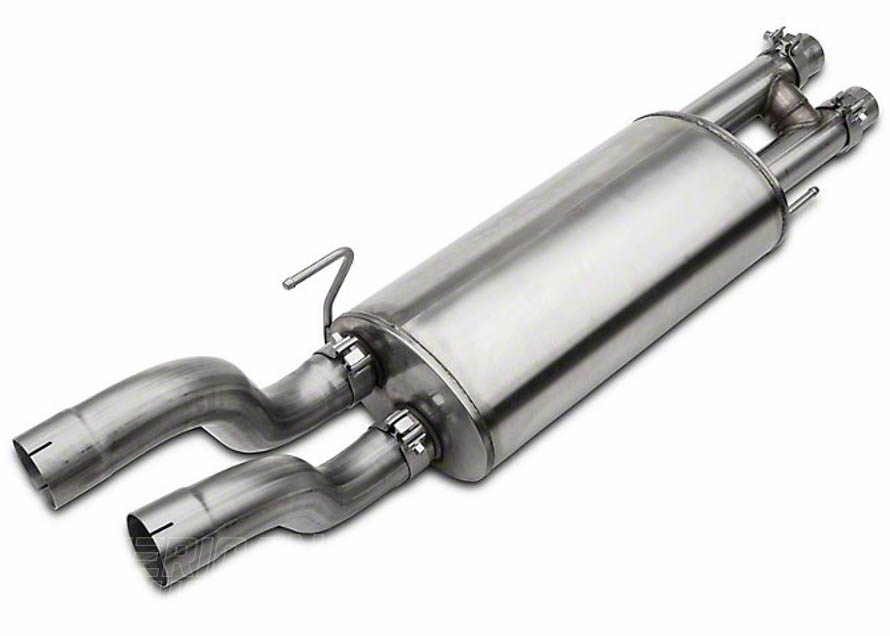Considering the Ford F150 is one of, if not the most common vehicle on the road as Ford pushes out over 800,000 units a year, it can be hard to stand out from the rest of them on the road. A great way to differentiate your F150 from the rest, while also allowing your Ford to showcase its world-class engine, is by replacing the factory mufflers with a set of aftermarket ones. This guide will walk you through everything you need to know about F150 mufflers.
Contents
- What is an F150 Muffler & What Does it Do?
- What is the Difference Between a Stock & Aftermarket F150 Muffler?
- Benefits of Replacing Your Stock F150 Muffler for an Aftermarket One
- How Hard is it to Install a Muffler on an F150?
- Types of F150 Mufflers
- F150 Chambered Mufflers Explained
- F150 Bullet Mufflers Explained
- Oval F150 Mufflers Explained
- F150 Mid-Mufflers Explained
- F150 Muffler Deletes/Straight Through Exhaust Explained
- Side Exit vs. Rear Exit F150 Exhaust Systems Explained
Shop F150 Mufflers
The muffler is the chief source of tone in your F150's exhaust. If you're looking to change the attitude of your truck, swapping out the muffler is a great way to accomplish that. From straight-throughs to glass-packs, you'll have a slew of options to choose from.

